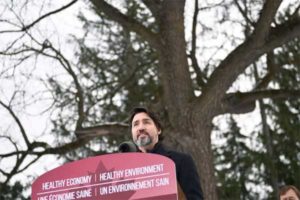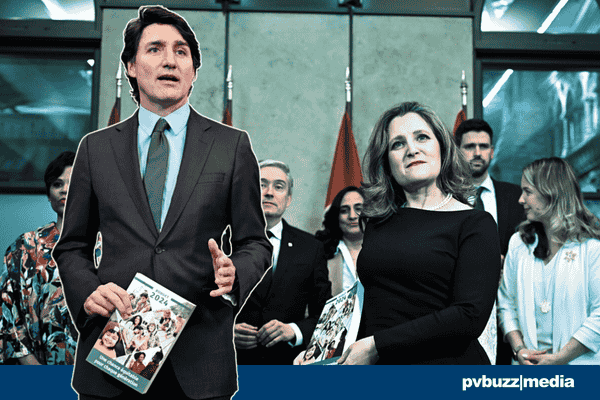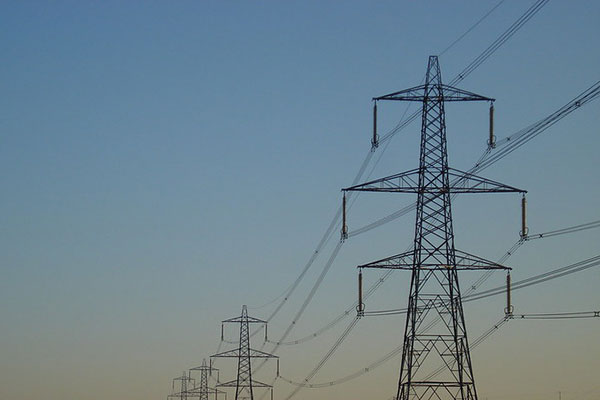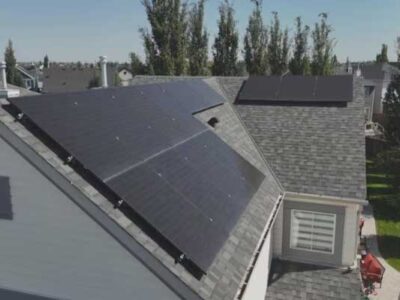- The Trudeau government is scaling back its ambitious plan for a pollution-free electricity grid, pushing the target date from 2035 to 2050.
- While promising greater flexibility, the revised Clean Electricity Regulations face criticism for relying on natural gas during peak periods.
- Is this delay a pragmatic compromise or a step back in the fight against climate change?
In a notable policy shift, the Trudeau government has extended its target for achieving a net-zero electricity grid from 2035 to 2050. This decision comes as the federal government finalizes its Clean Electricity Regulations (CER), aiming to balance environmental goals with concerns over grid reliability and economic impact.
Environment and Climate Change Minister Steven Guilbeault acknowledged the challenges, stating, “Of the things we put on the table, it would be difficult to achieve without Canadians incurring very high costs.” The revised plan maintains the commitment to reducing pollution but introduces greater flexibility to address economic and logistical constraints.
Balancing Ambitions with Realities

Prime Minister Justin Trudeau announces the government’s updated climate change plan in the Dominion Arboretum in Ottawa on Friday, Dec. 11, 2020. (Justin Tang/The Canadian Press)
The updated CER emphasizes a gradual transition to cleaner energy. While expanding renewable sources like wind and solar remains central, natural gas plants will continue to operate, especially during extreme weather conditions.
This approach reflects the complexities of fully transitioning to renewable energy without compromising grid reliability.
The regulations are guided by three core principles: reducing pollution, maintaining affordability, and ensuring grid reliability. These measures aim to address concerns from stakeholders, including power producers and distributors, who have expressed apprehension about potential increases in energy costs and reliability issues under the new regulations.
Despite these adjustments, opposition persists.
A coalition of power producers questions whether the regulations are sufficient to meet long-term climate goals. Additionally, the Alberta government has pledged to challenge the federal measures in court, arguing that the rules infringe on provincial jurisdiction and could disrupt economic stability.
The Broader Context
Canada’s electricity grid is among the cleanest globally, with approximately 85% of electricity generated from non-emitting sources, primarily hydroelectric power. However, achieving a net-zero grid presents challenges due to regional differences in energy infrastructure and resource availability.

The Canadian Prairies is a region in Western Canada. It includes the Canadian portion of the Great Plains and the Prairie provinces, namely Alberta, Saskatchewan, and Manitoba. (Earth Pictures)
Provinces like Alberta and Saskatchewan, which rely heavily on fossil fuels, face significant hurdles in transitioning to cleaner energy sources. For these regions, natural gas remains a crucial component, particularly during peak demand periods. Critics argue that continued reliance on natural gas could undermine Canada’s commitments under international agreements like the Paris Accord.
Global pressures are mounting for nations to decarbonize their power sectors. The International Energy Agency (IEA) has warned that advanced economies must rapidly transition to clean energy to limit global warming to 1.5 degrees Celsius.
Insight
The federal government’s decision to extend the timeline for a pollution-free grid reflects pragmatic concerns, highlighting the tension between ambition and feasibility in climate policy. Balancing the urgency of addressing climate change with economic and political realities remains a significant challenge for policymakers worldwide.
This shift in Canada’s approach underscores the need for deeper collaboration between federal and provincial governments. Building consensus will be critical to achieving clean energy goals without exacerbating regional disparities or undermining economic stability.
While delaying the 2035 target may temper expectations, it offers an opportunity to refine strategies and build a more resilient, inclusive path toward a sustainable energy future. Achieving this will require federal leadership and active engagement from provinces, industry stakeholders, and communities across Canada.











Comments